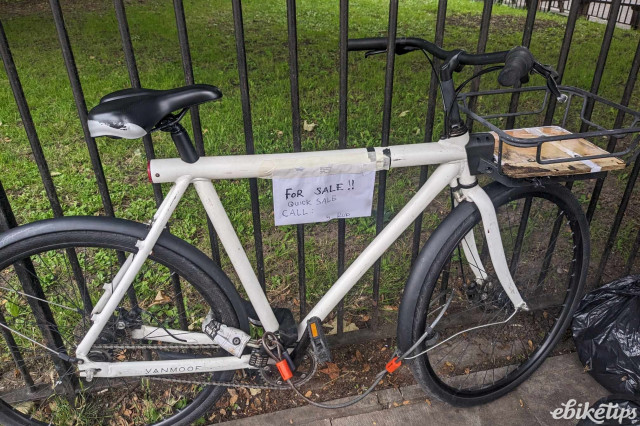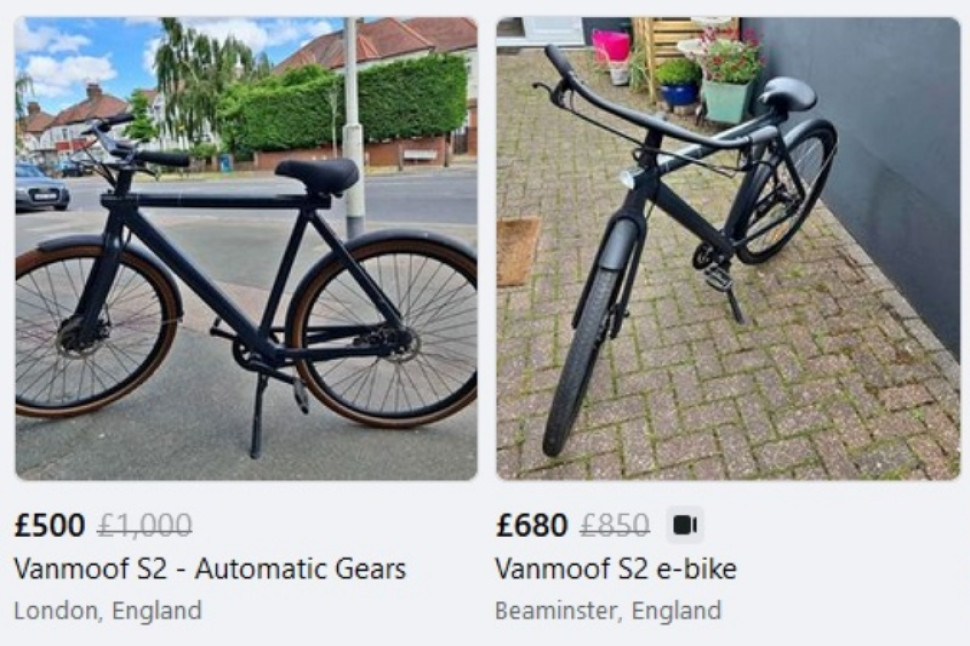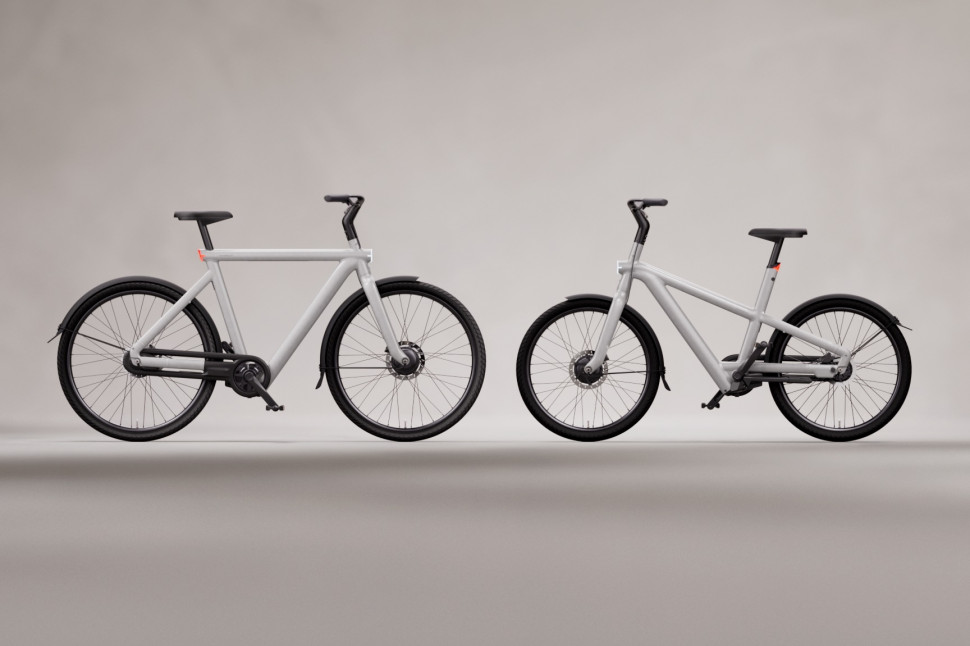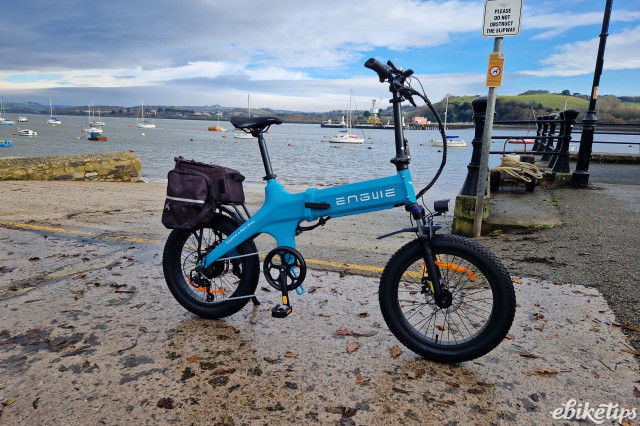VanMoof may have been declared bankrupt, but that certainly doesn’t mean you can’t still buy one of their e-bikes. With owners understandably concerned about long-term support for their high-tech machines, the second-hand market is, um, ‘lively’ shall we say. Does this mean that there are potentially bargains to be had?
Let’s first recap the situation. VanMoof has been declared bankrupt and administrators are looking into whether it can sell assets and restructure.
The most pressing question for owners has been whether their bikes will stop working as a consequence.
A post on the company’s website states: “No, your bike will remain functional and rideable, as we aim to keep our app and servers online and aim to secure the ongoing services for the future. As unforeseen circumstances could arise, we advise you to create a backup unlock code so you can unlock your bike through the buttons on your handlebar. You can find instructions on how to create/reset a backup unlock code in our knowledge base.”
Despite this, second-hand listings websites such as eBay and Facebook Marketplace suggest that many owners simply want out.
Conversely, many others will feel entirely comfortable entering that same situation if it gets them what is at the end of the day a pretty swish e-bike for a potentially bargain basement price.
However, if you’re thinking of getting a second-hand VanMoof, here are a few things to consider.
Software faults and bike repairs
We’ve already touched on software issues, but a backup unlock code can only take you so far. What if a more significant software fault develops? What happens then?
And there are similar concerns when it comes to the bike itself. VanMoof are not currently carrying out repairs, which wouldn’t be quite so much of an issue if its e-bikes weren’t built with proprietary tech that can at times make DIY tinkering difficult.
For example, while you only need a normal hex key to adjust the handlebars, you’ll need VanMoof’s anti-theft nut wrench and nut tool to remove a wheel. This is supplied in the VanMoof tool kit that comes with every bike, so if you don’t want to be utterly derailed by something as prosaic as a puncture, that’s certainly something you’ll want to get hold of if you’re buying a bike second-hand.
It’s also worth highlighting that replacement parts may not be easy to get hold of. Earlier this year VanMoof stopped selling individual spare parts to customers and now say only, “Depending on the outcome of the sales process, it may be possible that this option is offered again.”
If for some reason that doesn’t come about – either because a buyer can’t be found or because of a change of tack from the new owner after a sale – then you’re going to be up against it trying to track down some components because it’s not like you can use generic parts from other manufacturers.
When the VanMoof S5 and E5 were launched last year, they were billed as being the firm’s “easiest, most hassle-free” models yet. However, there was a flipside to the firm’s quest to reduce maintenance.
“We’re consciously moving to a stage where more and more of our parts are designed and manufactured in-house,” VanMoof boasted. “It gives us so much more control over the whole process, and ultimately results in a much better bike.”
The S5 and E5 were trumpeted as featuring 231 new custom-designed parts with only a handful remaining from the S5’s predecessor. This was framed as a mark of quality at the time – and in many ways that still applies – but it won’t make life easy for an owner in the event that something does go wrong. Batteries and chargers in particular may become hot commodities.
VanMoof’s existence
The situation at the minute is that a third party could now buy up VanMoof’s operations without having to take responsibility for the company’s outstanding debt.
Last week we reported that Micromobility.com had bid to take over the brand, but that now appears to have fallen through. The Verge has suggested the firm lacked the funds to complete the purchase, while the CEO, Salvatore Palella, has been tweeting rumours VanMoof founders, the Carlier brothers, may be bidding to take control via a shell company.
“Dear Dutch friends, is this how bankruptcy works in the Netherlands?” said Palella. “So, if a company goes bankrupt, the same founders and management can just buy back its assets without the debts?”
The Verge report lists KKR (a US-based investment group that also owns Dutch bike conglomerate Accell Group) as another potential bidder, as well as Trek and Giant – although Giant has since denied interest.
All of this may feel encouraging, but at the time of writing, the situation remained the same as it was last month: VanMoof is bankrupt and any potential buyer will somehow need to find tens of millions of euros.
Conclusion
So is it worth buying a cut-price second-hand VanMoof e-bike? The short answer is it’s not without risk – which is precisely why you might be able to find one for an appealing price.
The bikes are solid and reliable, but the future of the company is unknown, and even in the event a buyer is found, it’s hard to say for certain what lies ahead.







